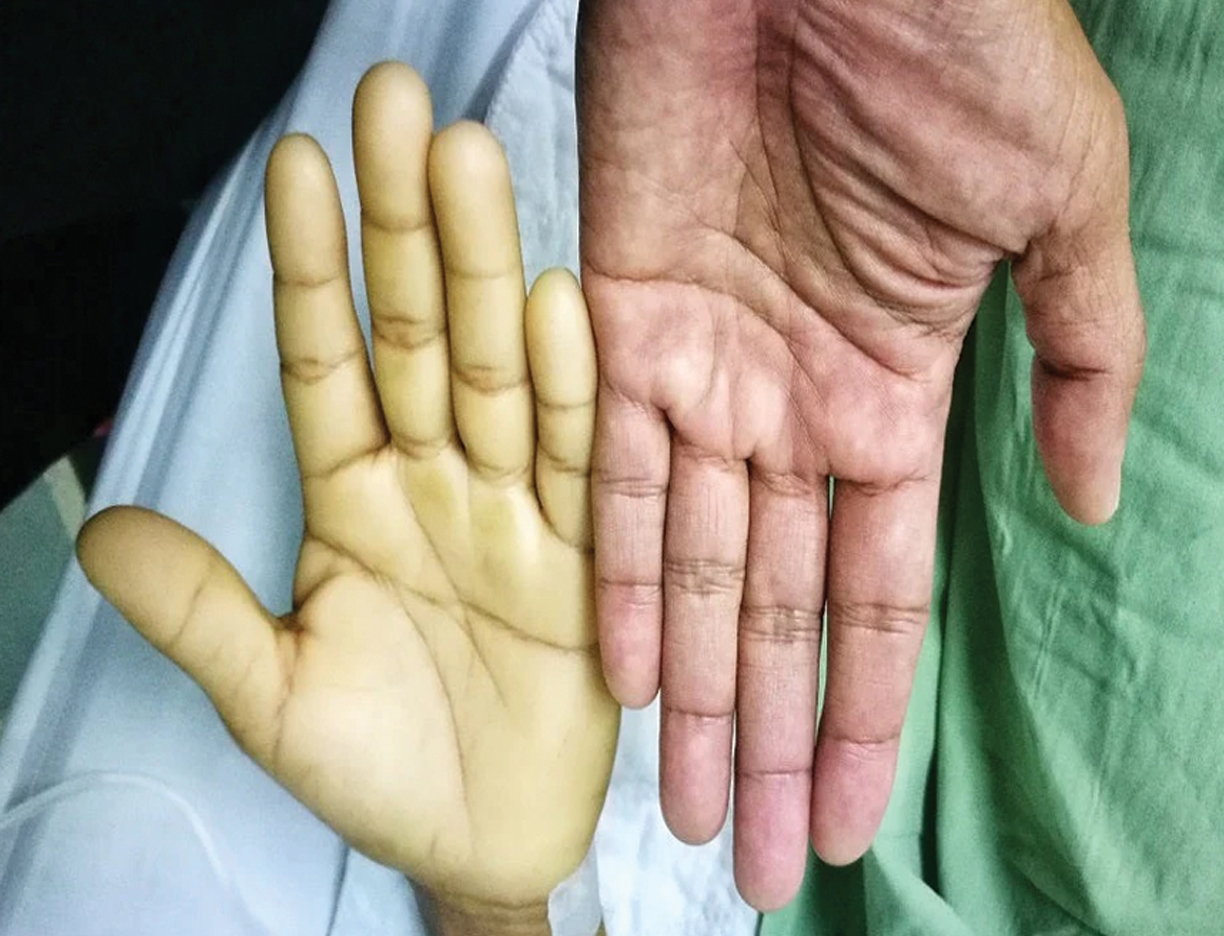
Anaemia refers to a condition in which one’s blood produces a lower-than-normal amount of healthy red blood cells to carry oxygen throughout one’s body.
Anaemia is not an uncommon disease. Even mild anaemia is a common and treatable condition that can develop in anyone. In many cases, it may come about suddenly or within a period.
At the same time, anaemia may be chronic. Then it may last a long time and may never be cured completely. In many cases, anaemia is inherited. But the most common type of anaemia
is iron-deficiency anaemia.
Many women are at high risk of anaemia
Women are at high risk of anaemia. This is more common for women during their menstrual periods and pregnancy. Women, including those who do not get enough iron or certain vitamins,
are at high risk of anaemia. Moreover, those who take some medicines are also at high risk.
Symptoms of anaemia
A person with it does not get enough oxygen-rich blood. So, the lack of oxygen can make him/her feel tired or weak. In that case she/he may also have shortness of breath, dizziness,
headaches, or an irregular heartbeat. Additionally, chest pain, frequent infections, pallor, that is, skin colour paler than usual, and pulsatile tinnitus are also some of the symptoms
of anaemia.
Causes of anaemia
The most common cause has been iron-deficiency anaemia, the primary reason for which is insufficient intake of food with iron-rich elements. On the other hand, if one loses blood from
injury or illness. There are two types of anaemia, acquired and inherited anaemia. Acquired anaemia happens in one’s lifetime. First, if any chronic disease happens that makes it hard
for the body to use the iron it needs to make red blood cells. Secondly, the immune system attacks one’s red blood cells and causes an autoimmune haemolytic anaemia. Thirdly, when bone
marrow makes unusually large red blood cells and that may cause anaemia. Fourthly, one may have fewer red blood cells than usual. Fifthly, anaemia may happen due to vitamin B12
deficiency.
Some chronic diseases create anaemia. Autoimmune diseases, cancer, inflammatory bowel disease, kidney disease, liver and thyroid diseases are some of these. There are so many reasons
behind the emergence of anaemia in one’s body.
How to test anaemia
Some of the common tests are complete blood count, as well as the size and shape of blood cells, performed by the pathologists. The haematocrit test is used to determine the percentage
of red blood cells in blood. Also, there is a reticulocyte count to know if one’s bone marrow is producing enough healthy red blood cells.